- Remove Article filter Article
- Remove Standard side filter Standard side
- Remove Landscape filter Landscape
- Remove Archaeology filter Archaeology
- Remove Settlements, Villages, Towns filter Settlements, Villages, Towns
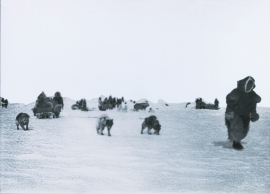
The forgotten saga
The saga regarding the settlement of Hordaland started off about 10,000 years ago. Most of this saga has been recorded in writing, not on paper, but on stone and on the earth in the forest and the marshes.
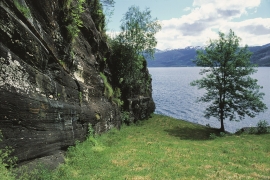
Farmers and Settlements
From 4,500 to 5,000 years ago most of Hordaland was a landscape of forest, right out to the coast and the islands. With our inner eye we can see old oak trees putting their stamp on the heat-loving deciduous forest.
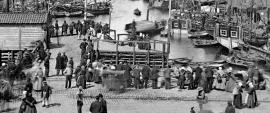
The City and the Stril country
The relationship between Bergen and its neighbouring districts, normally known as “Strilelandet”, has, over the centuries, given rise to greater conflicts than the contacts between any other Norwegian city and its nearest hinterland.
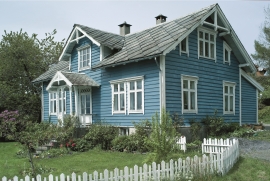
Vernacular Architecture and the Landscape
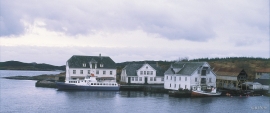
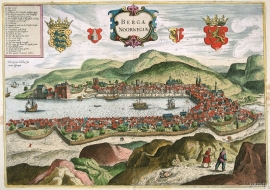
Bergen – The Urban Community
Bergen - our first royal residence city – has for centuries been Norway’s, and for long periods, Scandinavia’s biggest city. The historical monuments round the Vågen bay tell us that the city has been of national, historical significance.

Cultural Heritage and Cultural Landscapes
The development which culminated in the great west Norwegian clustered communities in the 18th and 19th centuries, such as we see at Havrå on Osterøy Island, actually first came into being in Viking times, with an incipient division of the farms into smaller units.

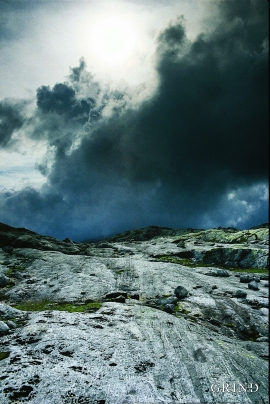
The Precambrian Era and Precambrian basement rocks
Almost nothing is as solid, unchangeable and stable as the Norwegian Precambrian basement rocks. Here, there are no volcanic eruptions or violent earthquakes that can cause natural catastrophes. But, it has not always been that way! There have been periods when glowing hot lava flowed over it or when large parts of the Precambrian basement have "taken a beating", both in Precambrian times and during the Caledonian mountain-building event.

Hordaland as high as the Himalayas- the Caledonian mountain chain
The Himalaya Mountain Chain is being formed by the Indian continental plate colliding w the Asian continent. This happens because the earth’s continental plates are constantly moving in relation to each other. Sometimes they crash together and form large collision zones or mountain chains. The collision between India and the Asian continent has created the world's highest mountain and thickest continental crust. But the creation of the Himalaya mountain chain is essentially just a repeat of what happened more than 400 million years ago when Western Norway and Greenland collided and formed the Caledonian mountain range. That mountain-building event caused quite dramatic changes in topography, climate and crustal thickness, and resulted in both volcanism and a lot of earthquake activity. In addition,


